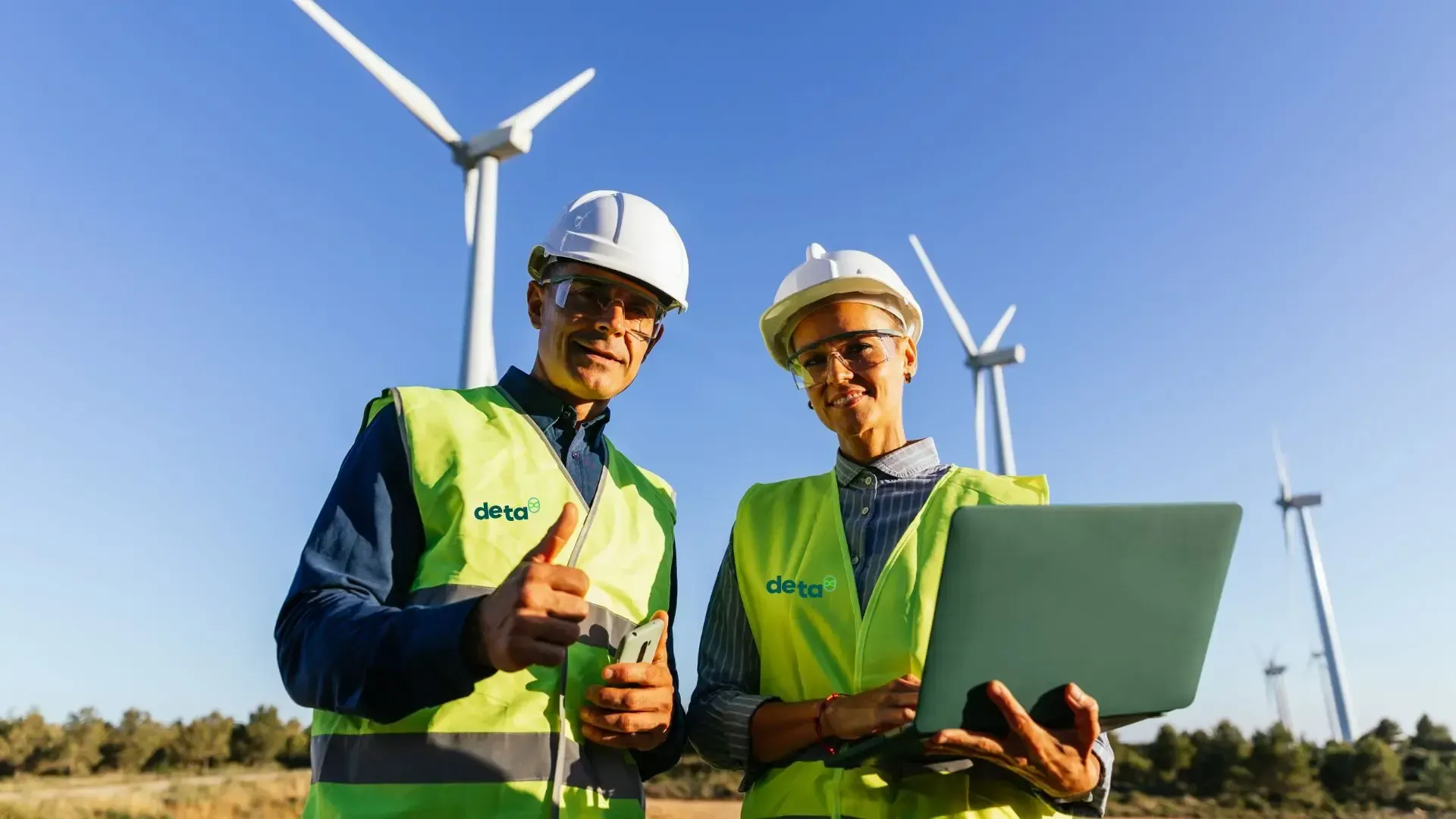A review of COP28: charting the path to a sustainable future
The recently concluded COP28 in Dubai stands as a testament to the collective global efforts and challenges faced in the management of climate change. Over the course of 11 days, the gathering of representatives from 197 countries brought together minds from various sectors, offering a panoramic view of both the positive developments and lingering frustrations in the quest for a sustainable future.
COP refers to the Conference of the Parties (COP) to the annual United Nations Climate Change Conference and is the world’s only multilateral decision-making forum on climate change. It’s a meeting of minds for business leaders, climate scientists, young people, Indigenous people, sustainability experts and stakeholders; an opportunity for countries to debate topics, negotiate and agree ways to tackle the climate crisis.
· Ambition and adaption
The pivotal theme of ambition showcased each nation’s commitment to addressing climate change – an opportunity for countries to set more robust targets and accelerate an economy-wide net zero transition. Ambition hinges on adaption. Adaptation is crucial to mitigate future challenges, with adjustments needed in ecological, social, and economic systems. Adaptation encompasses diverse strategies to deliver tangible, on-the-ground transformation at a local level, from building defences against floods to redesigning communication systems. The final text calls for doubling adaptation finance, with explicit 2030 targets for water security, ecosystem restoration, and health.
· Energy and fossil fuels
Fast-tracking the energy transition and slashing emissions before 2030 was one of COP28’s priorities. Parties vary in their stance on fossil fuel policies, with some advocating for a complete phaseout, others emphasizing the elimination of "unabated" fossil fuels, and some rejecting the idea. However, agreement was made by some to triple the world's renewable energy capacity by 2030 while doubling global energy-saving efforts over the same period to achieve the goals set out in the Paris Agreement.
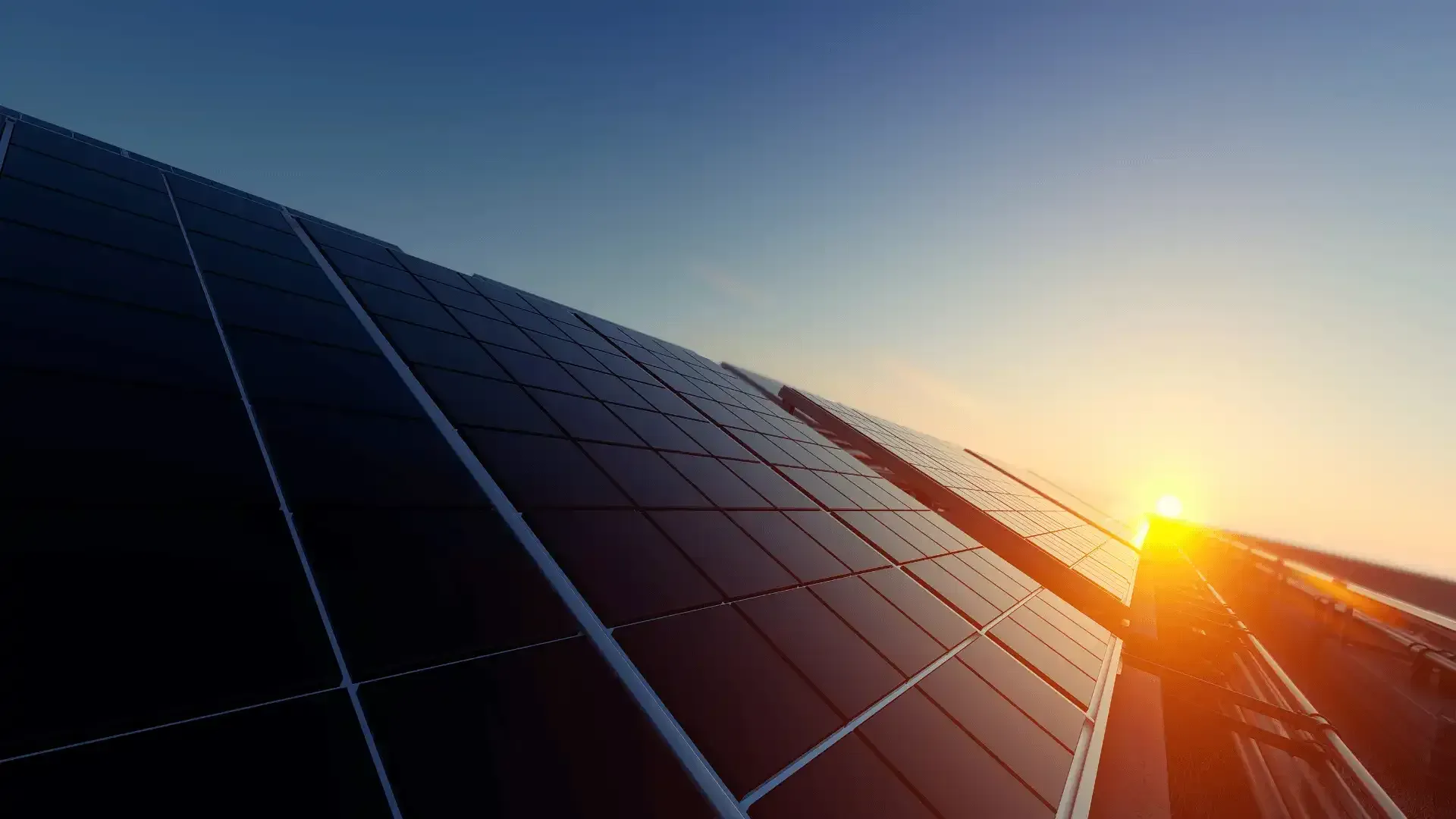
· Finance
Finance took centre stage as a critical enabler for climate projects, yet progress has been unequal and largely concentrated in richer countries where private investment in green technology is more attracted. Progress was made regarding the new collective quantified goal (NCQG), expanding upon the committed $100 billion from developed nations to fund climate mitigation and adaptation projects in developing countries. The fund will be initially managed by the World Bank.
· Global Stocktake
This year was the first ever global stocktake - an audit of everything to do with climate change to identify the gaps and chart a path to accelerate climate action. It found that the world is not on track to achieve the goals set out in Paris in 2015. Despite resistance to diluted emissions and fossil fuel language, the final text was improved to include the projection of peak global emissions between 2020-2025, and more assertively urge nations to take diverse actions to reduce emissions and significantly cut non-CO2 emissions, particularly methane, by 2030.
· Land use and forests
With growing recognition that climate goals demand nature-positivity, new measures to tackle deforestation were announced including the Brazilian ‘Tropical Forests Forever’ fund. The urgent issue of food systems was only briefly touched on which felt like a missed opportunity to tackle a sector responsible for nearly one-third of global emissions.
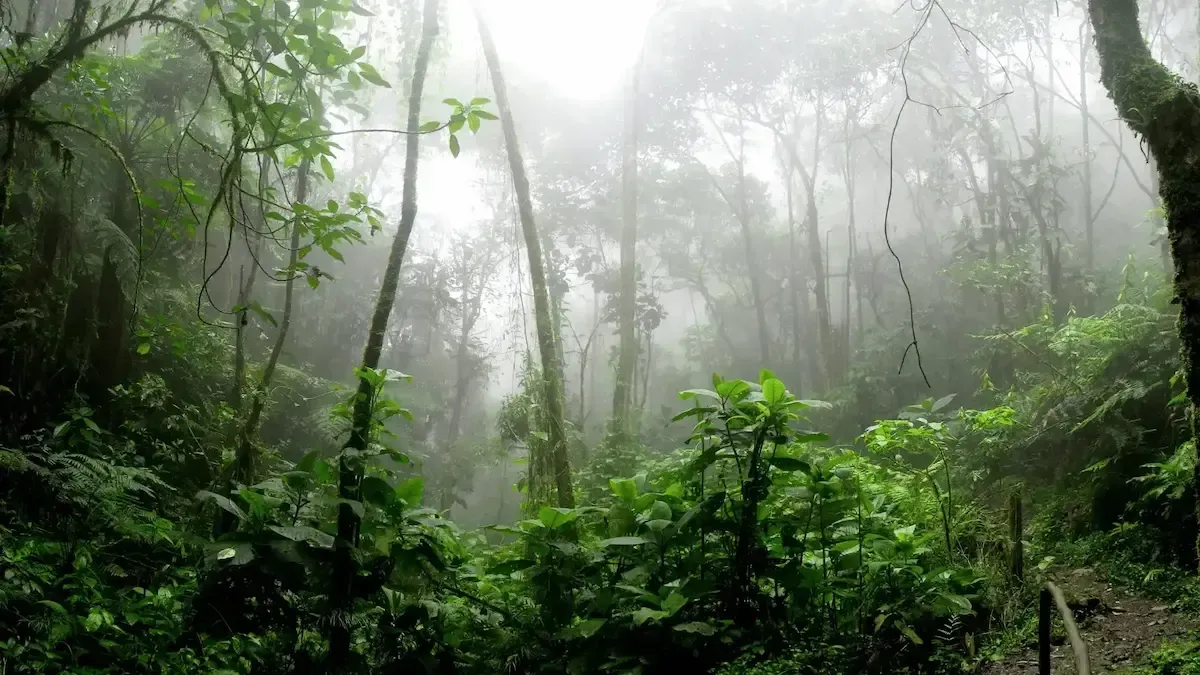
· Loss and damage fund
Agreed at the opening of the first day of COP28 a pledge of financial support from the wealthy countries most responsible for the climate emergency. The $700m pledged covers less than 0.2% needed. The Parties agreed a structural and functional link between the Santiago Network and the Loss & Damage Fund. The Santiago Network supports developing countries to avoid, minimise and address loss and damage caused by climate change. This includes the sharing of knowledge, resources and technical assistance.
Positive developments - NZ and AUS leading the way
Contrary to common perceptions of Europe and the rest of the world being ahead of tackling climate issues, it was exciting to see Aotearoa New Zealand, Australia, and the Pacific region sharing cutting-edge projects from our region, notably in mitigation efforts.
- Aotearoa New Zealand announced in 2021 an increased climate finance commitment of $1.3 billion for 2022-2025, with at least 50 percent targeting adaptation.
- Sessions hosted by the International Energy Agency (IEA) and the Carbon Disclosure Project (CDP) provided insights into plans for a 300% increase in renewables by 2030 and strategies for faster deployment of renewables across the world, which perfectly aligned to Australia's presentation in the Australian Pavilion which outlined a vision of becoming an energy exporting powerhouse. With plans for large super solar sites equivalent in size to Tasmania, exporting electricity, green hydrogen, and green iron ore to Asia and the world, this is a bold step toward transforming not just energy, but the entire economy.
- Melbourne has appointed a Chief Heat Officer to oversee infrastructure resilience against extreme heat stress and enhance health outcomes with the aim to lower the city's average temperature by 4 degrees, signalling significant potential for impactful, yet straightforward, initiatives.
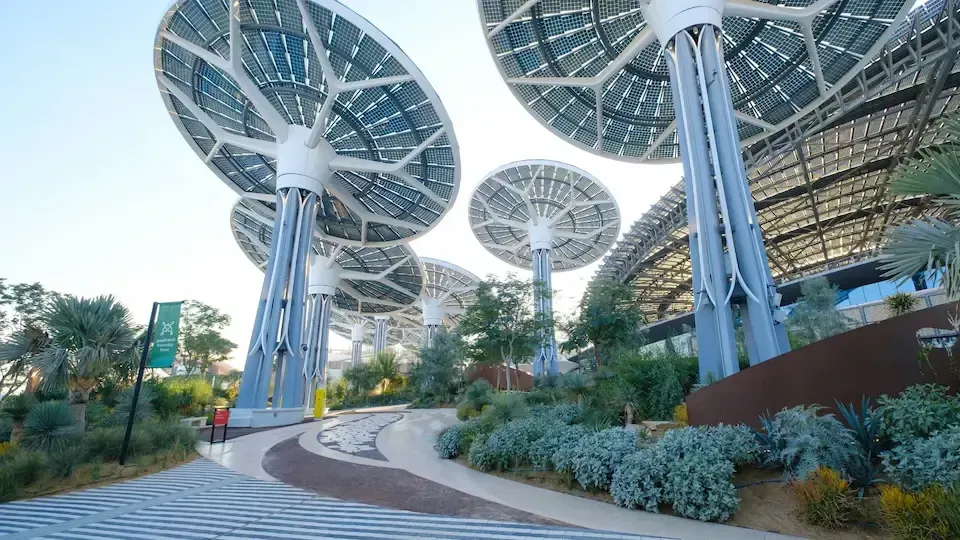
The middle ground - easing financial barriers
One of the groundbreaking moments of COP28 occurred on Day 1 with the agreement to create the Loss and Damage Fund, signalling a collective commitment to addressing the impacts of climate change. This fund's potential for growth was acknowledged, reflecting optimism for meaningful movement in the subsequent days as more countries confirmed their pledges. This is a huge step forward for the availability of capital for essential projects.
Challenges - building a sustainable business case
While positive intent was evident on the supply side, there remains a universal challenge: building a sustainable business case and obtaining the social mandate for a transformative shift in the world's economy. We have the knowledge, technologies, the intent and the need, so what’s the problem?
The crux of the issue lies in the affordability of change on the demand side. The optimism garnered from the finance sector, needs to translate into real life improvements and financial benefits, rather than creating theoretical reports to align with the ambitious 2030 and 2050 climate targets. Does there need to be a shift toward calculated risk-taking to expedite progress?
Additionally, the complexities and prevalence of political nuances suggested that, at times, political considerations overshadow practical solutions: the prioritisation of politics over the pursuit of tangible solutions. It’s a delicate line we tread.
Whether COP28 will be judged as a success remains to be seen, but what it does do is highlight the importance of collaboration, transparency, knowledge sharing and discussions that transcend geographical boundaries. With continued alliances, innovation and a focussed approach it is the only way to address the urgent climate crisis.
If you would like to learn more about the steps you can take in pursuit of a sustainable future for your business, contact DETA. As leading energy and sustainability consultants in NZ/Australia, we deliver carbon footprint management, energy efficiency services and sustainability consulting services to help businesses achieve their green ambitions.


